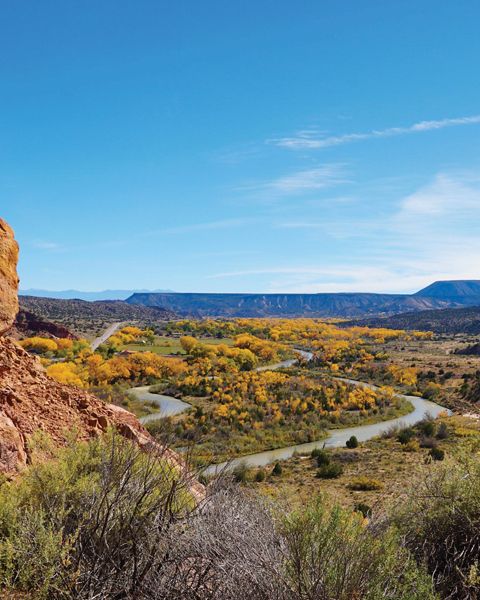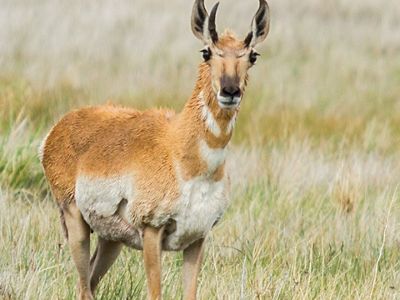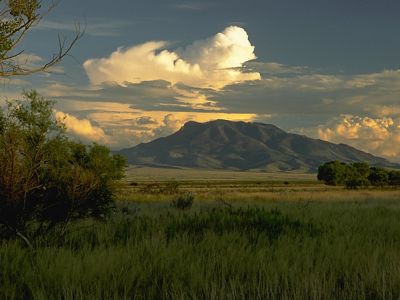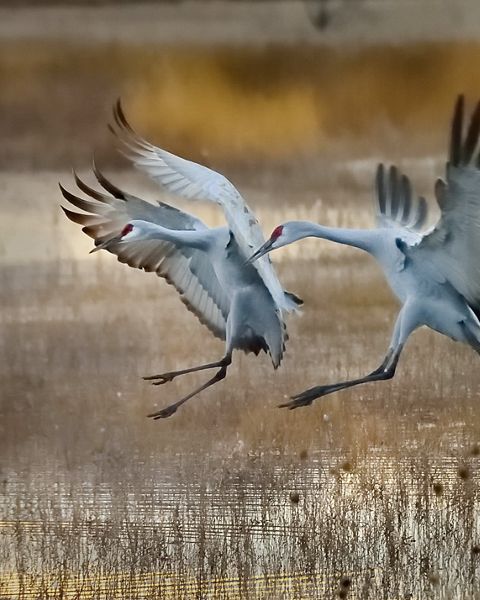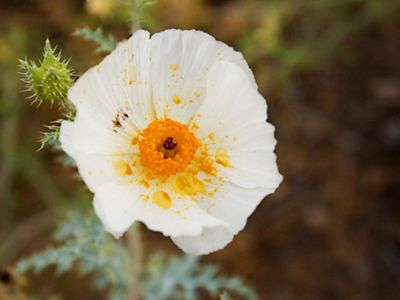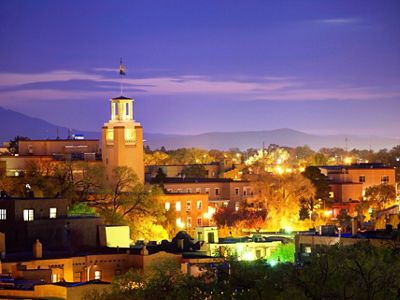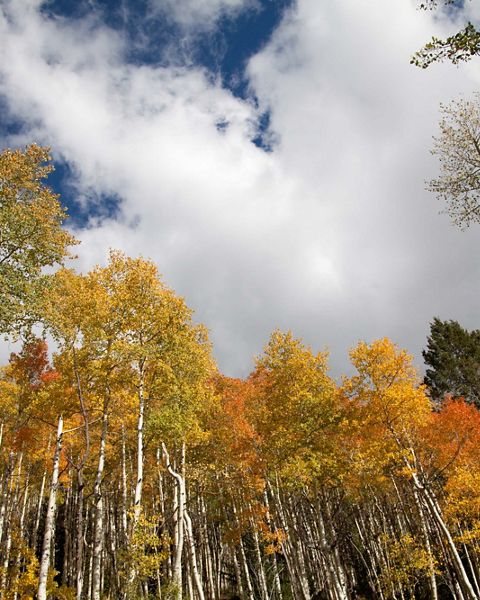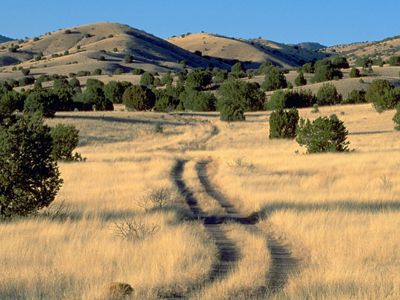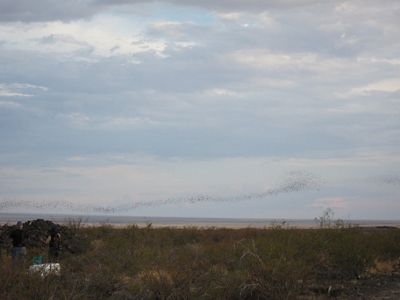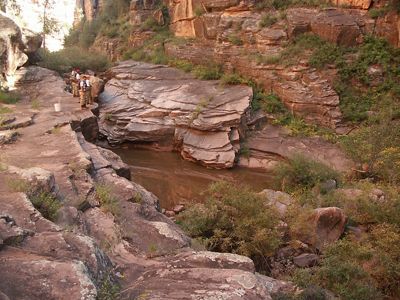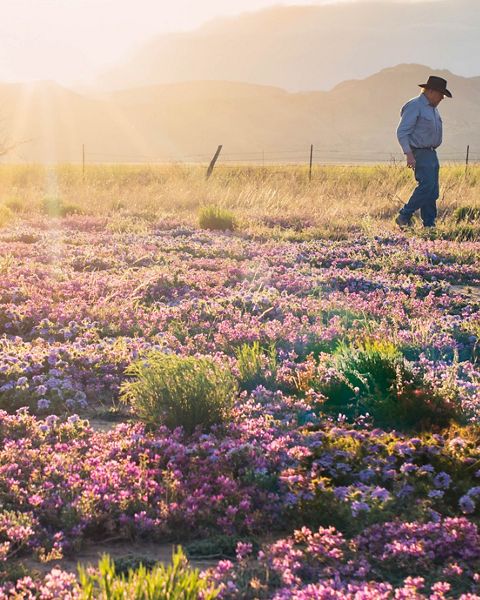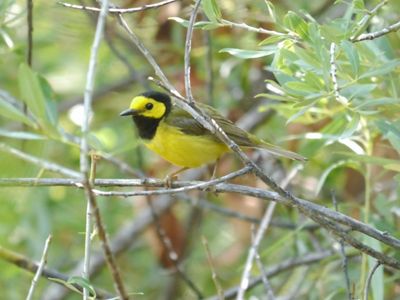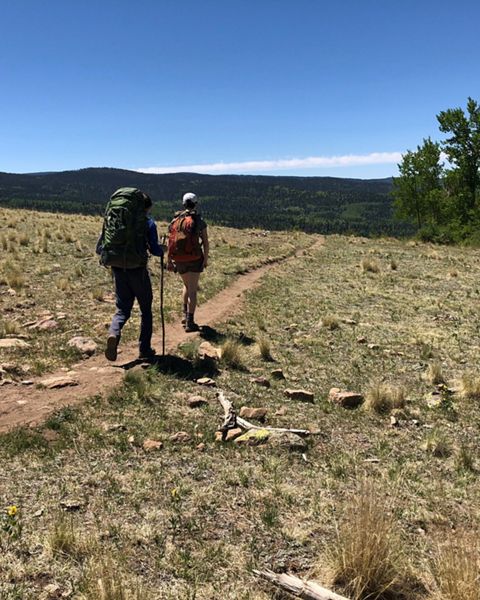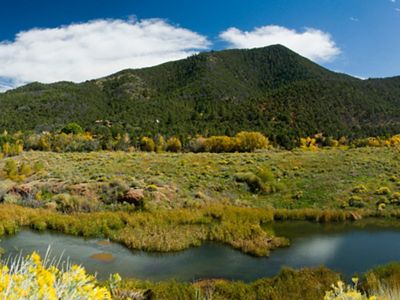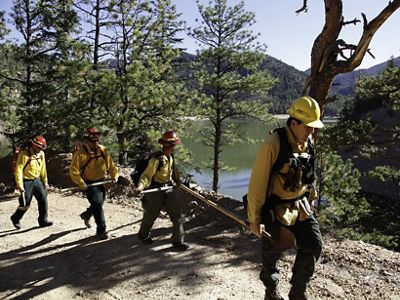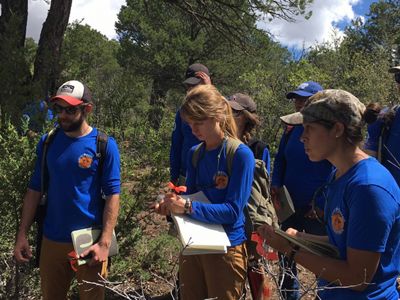
40 Years of Conservation in New Mexico
We are celebrating the 40th anniversary of our New Mexico Chapter. Looking back over our conservation accomplishments of the past four decades, it is gratifying to see that our program has shown both a tremendous continuity of purpose and the ability to strategically innovate.
Our chapter has had a profound, tangible and lasting impact both in and beyond New Mexico through a number of successful, collaborative and innovative projects, such as:
- Acquiring the 220,000-acre Sevilleta National Wildlife Refuge
- Purchasing the 320,000-acre Gray Ranch (now Diamond A Ranch)
- Protecting the 50,000-acre Rancho El Uno in Chihuahua, Mexico
- Managing tens of thousands of acres and five miles of river at the Gila Riparian Preserve
- Leading the Rio Grande Water Fund, a collaborative project that will impact 600,000 acres of forest in northern New Mexico
- Launching the Albuquerque Urban Conservation Program, where we are engaging and inspiring youth and planting trees to keep neighborhoods cool and reduce air pollution
We are grateful to you for making this conservation work possible. None of our successes would be possible without your generous ongoing support.
Let's Celebrate!
We’re excited to be celebrating our 40th Anniversary with events scheduled throughout the year. Join us for a guided hike at one of our preserves, find opportunities to connect with nature in the city, and join us for movies and music all summer long in the Santa Fe Railyard.
Sign up to receive event updates in your email to find our what we're doing and how you can get involved.

Get the latest nature updates in your inbox
Sign up for news and events from The Nature Conservancy in New Mexico.
40 Years of Conservation in New Mexico
Sevilleta Ranch. The Nature Conservancy acquires the 220,000-acre Sevilleta Ranch and transfers the property to the U.S. Fish and Wildlife Service, establishing the Sevilleta National Wildlife Refuge. At the time, this was the largest single acquisition in TNC history.
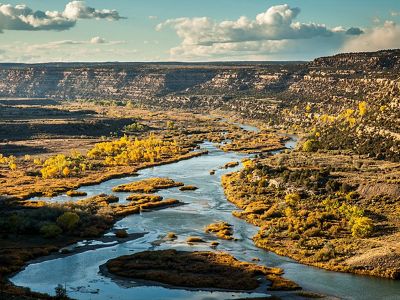
Conservation Targets. Mimbres River, Rattlesnake Springs, Kuenzler Cactus, Jornada Bat Caves and the Sabo Preserve are announced as critical conservation targets. TNC protects all five sites by the year 2000.
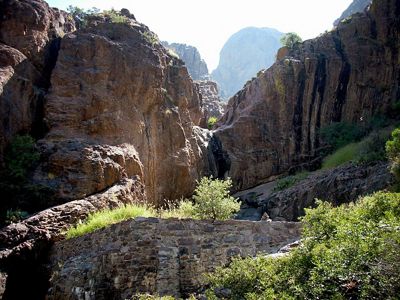
Dripping Springs. TNC acquires the 2,200-acre Cox Ranch in the Organ Mountains. After it is transferred to the Bureau of Land Management, the ranch becomes the Dripping Springs Natural Area.
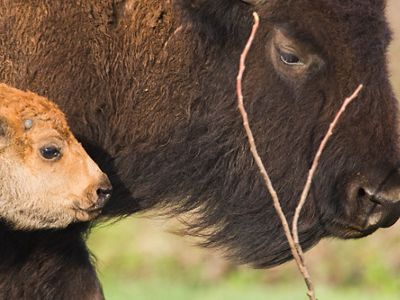
Rancho El Uno. TNC and our partner in Mexico, Pronatura Noreste, acquire 46,000-acre Rancho El Uno in the Janos grassland, which is contiguous with the Gray Ranch. This was the largest private conservation acquisition in the history of Mexico.

Climate Change Initiative. TNC launches the Southwest Climate Change Initiative, a three-year program that established tools to help communities and landscapes adapt to climate change.
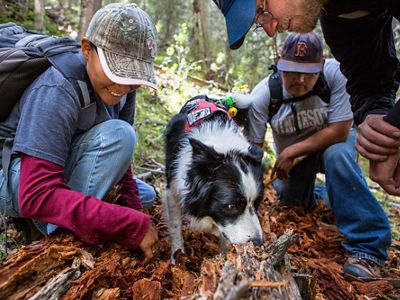
Rare Jemez Salamanders. TNC begins a partnership with Conservation Canines to locate endangered Jemez Mountain Salamanders.
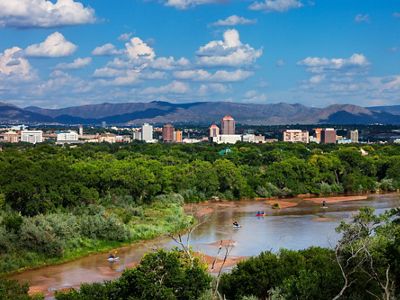
Gaining Momentum. Now supported by more than 70 public and private organizations, the Rio Grande Water Fund restored 33,000 acres of forest in 2018. The total number is now 108,000 acres treated with thinning, controlled burns and managed natural fires.

